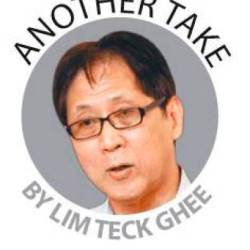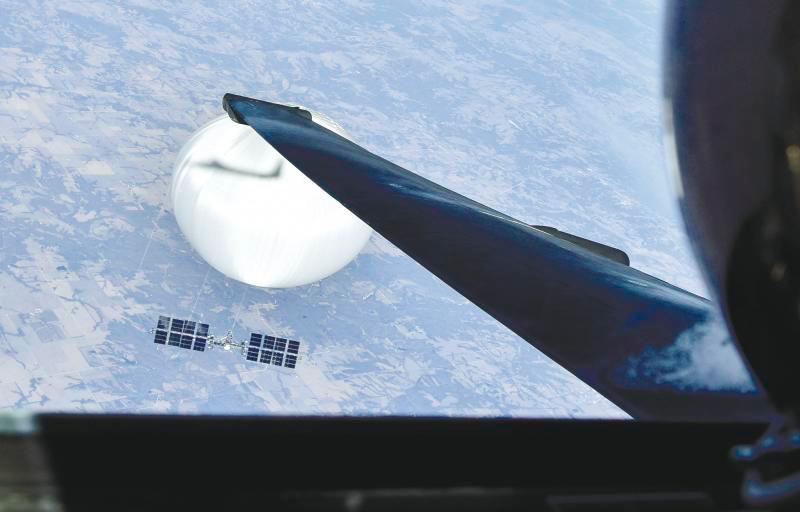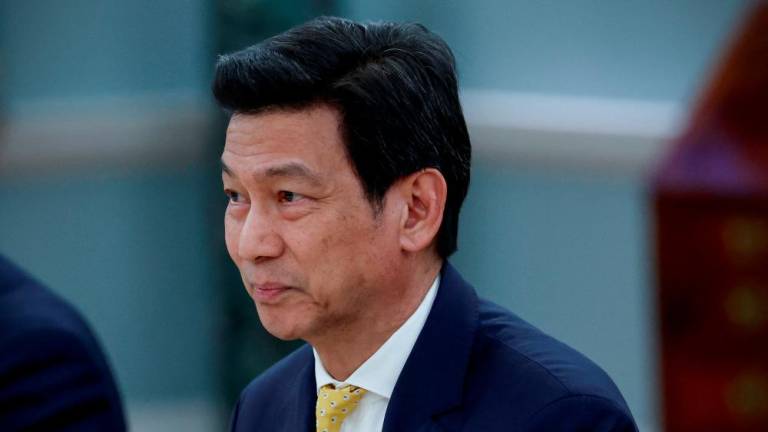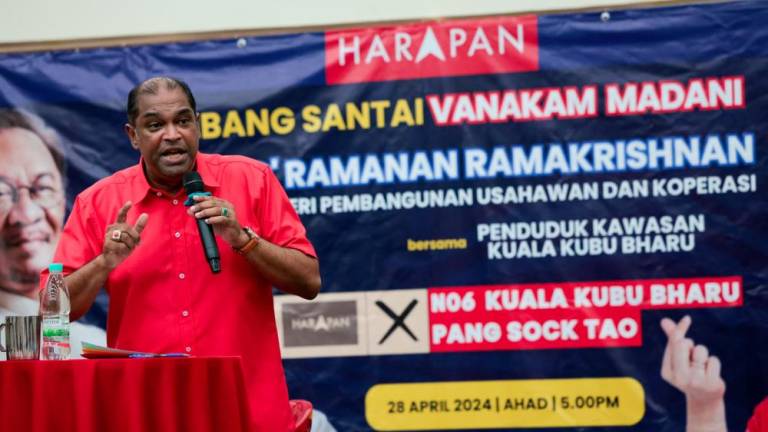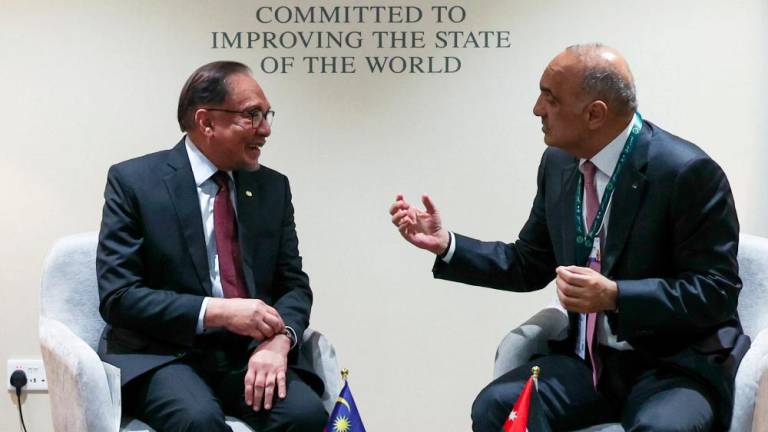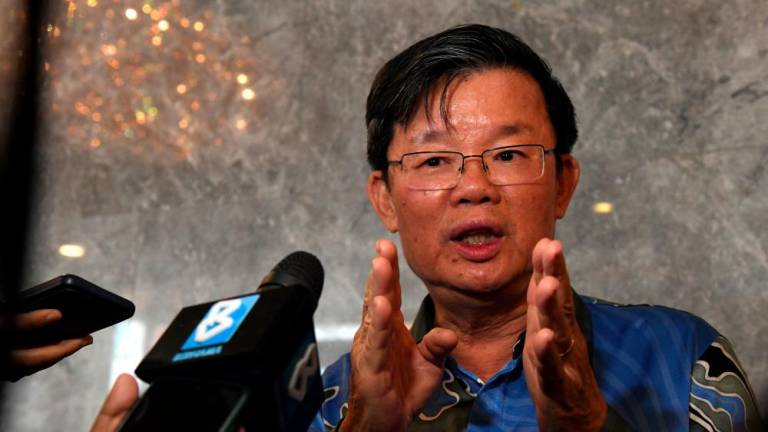AN amusing incident unfolded following a headline story on the US television and radio network CBS. In the news report on Sept 17, CBS featured an article with the intriguing title, “The Peculiar Truth Behind China’s Spy Balloon.”
According to the report: “It was undeniably one of the most bizarre moments of the Biden administration – American state-of-the-art jet fighters scrambled to intercept, of all things, a balloon – a Chinese ‘spy’ balloon floating across the US, which had the nation and its politicians in a tizzy.”
Now, seven months later, chairman of the Joint Chiefs of Staff General Mark Milley told CBS News on a Sunday morning that the balloon was not engaged in espionage activities. He said: “According to the high-confidence assessment from the intelligence community, there was no intelligence collection conducted by that balloon.” (https://www.cbsnews.com/news/the-bizarre-secret-behind-chinas-spy-balloon/)
Readers should note that the CBS story continued to falsely claim that it was a “spy balloon” that flew over the US. This was reported by obscuring the main point made by the US military chief.
It is also noteworthy that the US media not only ignored the story but omitted Milley’s clarification that the balloon was blown off course, and inference that it was not intended to fly over US air space, stating: “Those winds at that altitude are extremely strong, and the particular motor on that aircraft cannot go against those winds.”
US and Western media hype
To recount, a few events in China-US relations have aroused the US and some Western politicians, leaders and the Western media as much as the alleged China spy balloon episode.
Beginning from Jan 28, when the balloon was spotted flying over Alaska until Feb 4, when it was shot down, the balloon incident precipitated possibly the most extensive and frenzied news coverage in the history of US and Western media, with newspapers, radio and television networks as well as news blogs taking turns to have a go at China’s ability to penetrate US airspace and the inability of the US to counter China’s “spying” capabilities.
Political and media hype appears to have led the Federal Aviation Administration to close down airports and airspace in one of the largest temporary flight restrictions in US history as the balloon drifted over the Carolinas.
Finally, when the balloon was intercepted, US war historians pointed out that the downing was the first recorded instance of an F-22 aircraft shooting down a target, the first such incident by the aircraft over US territory since World War II and the highest-altitude air-to-air kill ever documented.
Numerous talk shows and copious print space were given to military experts and newly arrived war pundits speculating on the innards of the balloon kill as the debris was retrieved from US territorial waters.
No American politician or military leader then was willing to accept China’s Foreign Ministry’s explanation provided on Feb 3 that it was “a civilian airship used for research, mainly meteorological, purposes. Affected by the Westerlies and with limited self-steering capability, the airship deviated far from its planned course”.
Spokesperson Mao Ning said China regretted the unintentional incident, which was an outcome of force majeure.
As the US reaction intensified on Feb 6, Mao said the US “hyped up the incident on purpose and even used force to attack”, and called the shootdown “an unacceptable and irresponsible action”.
After the downing on Feb 5, China’s then vice foreign minister, Xie Feng, said he had filed a formal complaint with the US Embassy in response to the incident.
Xie accused the US of force against the civilian airship that was about to leave US airspace, in violation of “the spirit of international law and international practice”.
The incident not only resulted in the cancellation by State Secretary Blinken of planned talks with his Chinese counterpart but also provided the pretext for the further beating of war drums and gave US media another headline cover story to generate anti-China sentiment.
As explained by Ambassador Craig Allen, president of the US-China Business Council several months after the incident: “While the balloon’s transit over the contiguous US and Alaska was only a few days, the impact was quite long-term. The reason is that ordinary Americans, who generally do not think about China at all, learned that up in the sky, there was a balloon.
“It brought at an almost personal level that China may be a threat to them psychologically and politically, and within the domestic US political system, this balloon certainly had resonance.
“Some in Congress opposed to the president criticised him fiercely for not shooting it down immediately, so this became a bit of a football between the Democrats and the Republicans – I suspect it still is.” (https://gjia.georgetown.edu/2023/05/10/us-china-business-council-president-craig-allen-on-the-economic-implications-of-the-chinese-spy-balloon-incident/)
Aftermath
Now that the “bizarre truth” has been uncovered that it was in all probability a weather balloon that had strayed from its course, the US and other Western media are at pains to conceal this “bizarre truth” and will be looking for another issue to implant into public consciousness about China’s war intentions.
For now, the US military has demonstrated that it can defend the country against a gigantic three-bus-sized but economy-priced balloon.
However, it is clear that its air force and military need a much bigger budget for the coming war to preserve America’s “freedom, way of life and sovereignty”.
The chief concern for China should be to avoid sending more weather balloons near the US in case this may bring more nightmares to the American public and provide further justification for the hate China lobby.
Lim Teck Ghee’s Another Take is aimed at demystifying social orthodoxy. Comments: letters@thesundaily.com



